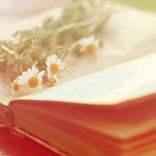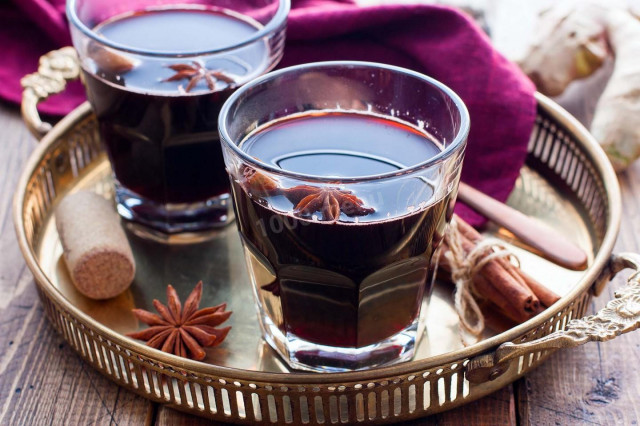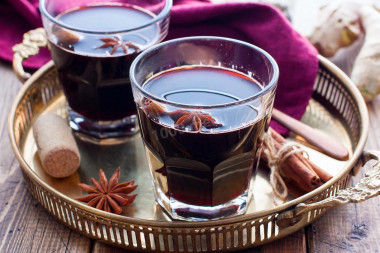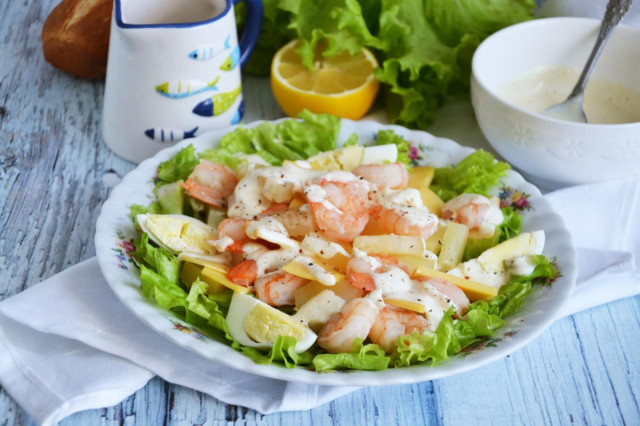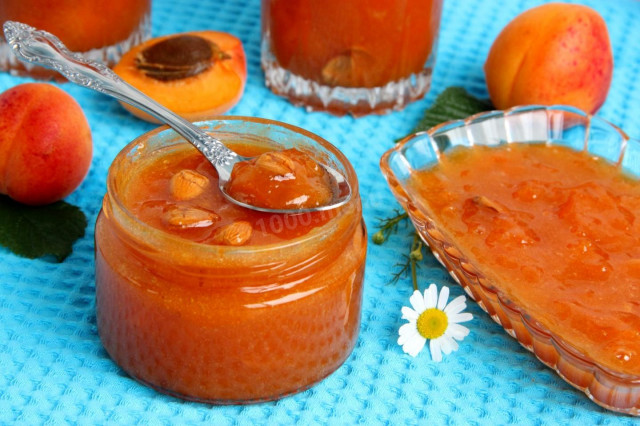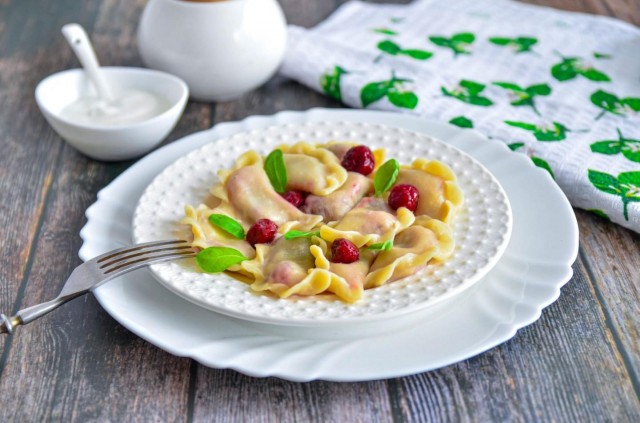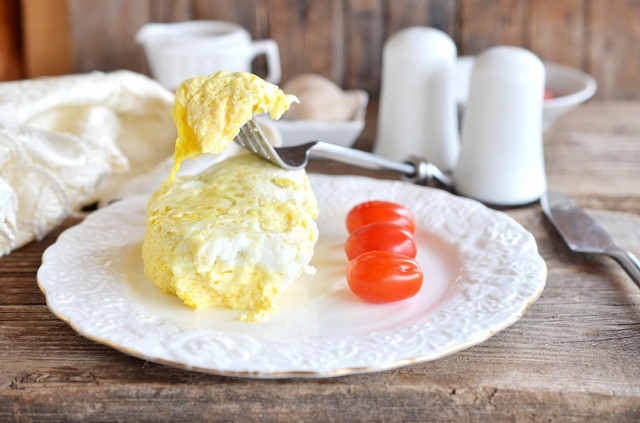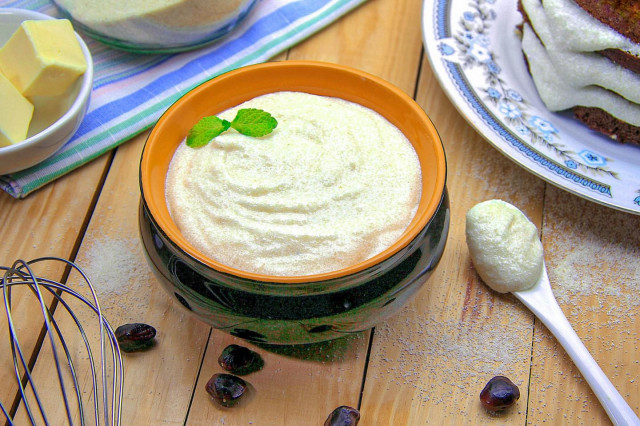Composition / ingredients
Step-by-step cooking
Step 1:
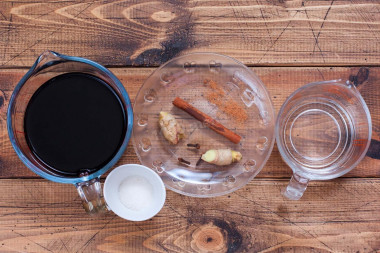
Prepare the specified ingredients for the preparation of mulled wine. Mulled wine according to the classic recipe is made from red wine. Red table, dry, semi-dry, semi-sweet or sweet wine is best suited. It is not necessary to take fortified, because when heated, they necessarily have a sharp smell of alcohol, which interrupts the aroma of spices. Spices are taken different, I take the minimum basic set: cinnamon, cloves, ginger and nutmeg.
Step 2:
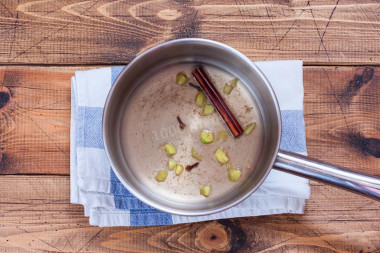
Wine in mulled wine cannot be brought to a boil, so to reveal the aroma of spices, they are added to the water that is boiling. It is better to take whole spices, since they can be found in the finished drink in powder, which is not very pleasant. In a saucepan, mix the spices and pour them with water. The resulting mixture should be brought to 100 degrees, turn off the fire and let it brew for 10 minutes. When the time runs out, throw the broth on a sieve.
Step 3:

Then pour red wine into a saucepan, add sugar and the prepared broth of spices. On the slowest fire, while stirring, heat to 65-70 degrees. As soon as the steam and the first bubbles appeared, remove the drink from the fire. In no case should the wine be brought to a boil! After that, you can cover the pan with a lid and let it brew for 5-10 minutes.
Step 4:
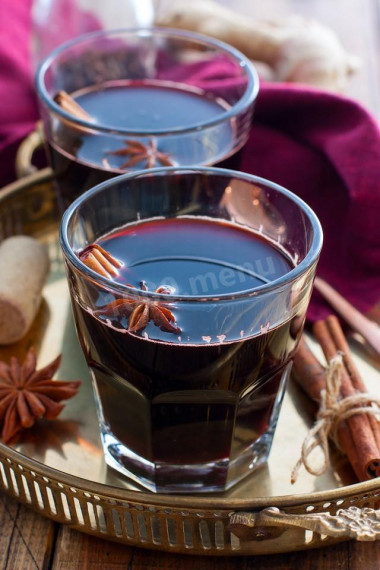
Serve mulled wine from red wine in tall transparent glasses or ceramic mugs that can retain heat for a long time. Dry biscuits, pies and unsweetened fruits are used as snacks. Mulled wine is good for meat dishes.
Mulled wine is a hot alcoholic drink based on dry or semi–dry red wine, heated to 70-80 degrees, with the addition of sugar, spices, lemon zest, fruits, and sometimes even nuts. It is most popular in Germany, Austria, the Czech Republic and Switzerland during the Christmas holidays.
The word mulled wine came from the German name "Gluhwein" ("gluhwein"). "Gluhwein", in turn, was formed from the phrase "gluhender Wein", which in German sounds like "hot wine". According to some sources, the word mulled wine was formed from the Polish "glintwajn". Mulled wine in English sounds like "glintwine" (translated as "flaming wine").
The history of the mulled wine drink goes back to the era of Ancient Rome, when spices were added to cold wine to enhance the taste and give it a spicy aroma. This ancient Roman drink has little in common with modern mulled wine. Nevertheless, its history began with this period.
That mulled wine, as we know it now, appeared in Northern Europe and Scandinavia in the XVI century as a warming drink in the cold winter season. Then bordeaux and other red wines were taken as a basis. The wine was heated to 70 degrees and the only galangal herb available at that time was added to it, replacing all other spices. Later (in the XVIII-XIX centuries), honey, cinnamon, cardamom and a number of other spices were added to the drink. It is worth noting that in the Middle Ages only rich and noble people could afford mulled wine, since spices at that time were worth their weight in gold.
Caloric content of the products possible in the composition of the dish
- Carnation - 323 kcal/100g
- Ginger - 80 kcal/100g
- Dry ginger - 347 kcal/100g
- Pickled ginger - 51 kcal/100g
- Granulated sugar - 398 kcal/100g
- Sugar - 398 kcal/100g
- Liqueur wines - 212 kcal/100g
- Semi-dry wines - 78 kcal/100g
- Dry wines - 64 kcal/100g
- Red wine - 88 kcal/100g
- Water - 0 kcal/100g
- Nutmeg - 556 kcal/100g
- Cinnamon stick - 261 kcal/100g
